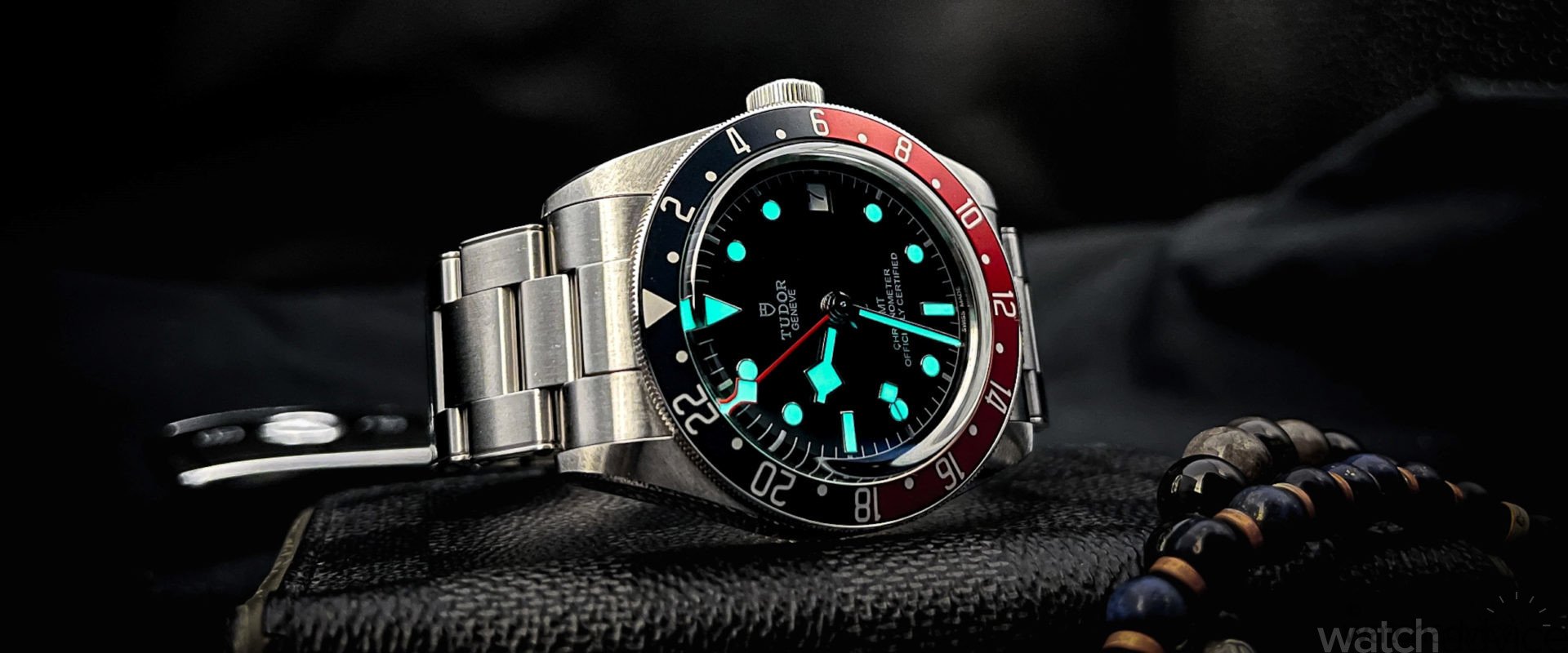After a new GMT watch? Understanding the difference between a caller GMT and a flyer GMT is essential before you go out and buy!
Even in the digital age, one of the most valuable functions in the world of horology is the GMT (Greenwich Mean Time), which allows you to read two to three different timezones in one watch. GMT watches first came about during the time in which commercial flights first started. The first GMT timepieces were designed for pilots who lost track of time back in their home countries. The GMT timepiece would allow the pilots to keep track of their “home timezone” whilst also having the time in their “local timezone”, which is the country or location they are currently in.

We wrote an in-depth article on the birth of the GMT while also explaining how it works, which you can find here. In this article, we explore the two different types of GMT: caller and flyer. Before we understand the difference between these two types of GMT watches, here is a brief recap of how a watch is read. On any analog timepiece, the first timezone (or local time) is read through the watch’s regular operation of hour and minute hand on the dial.
The second timezone is then read through an additional hand on the dial, usually coloured red to contrast (can be different colours depending on brand and design) with an arrow-tipped pointer. This extra hand moves around the dial once every 24 hours, rather than the 12 on the dial’s regular hour hand. The difference between a caller GMT and a flyer GMT timepiece is essentially how this additional ‘GMT’ hand is set.

Let’s first start with the caller GMT timepiece. This version of the GMT features a GMT hand that can be set independently from the operation of the hours and minutes. How this is carried out is through the crown and its different positions. As you pull the crown out to adjust the time as per usual, a caller GMT timepiece will have an additional position in which the GMT hand can be adjusted independently.
How the caller GMT works is when you pull the crown out (the second position) to adjust the normal ‘local time’, the GMT hand will move along at half the pace of the standard hour hand on the dial. This is because, as mentioned earlier, the GMT hand runs on the 24-hour time scale. Once the local time has been set with the hour and minute hands, the GMT hand can now be set to the “second time-zone’.
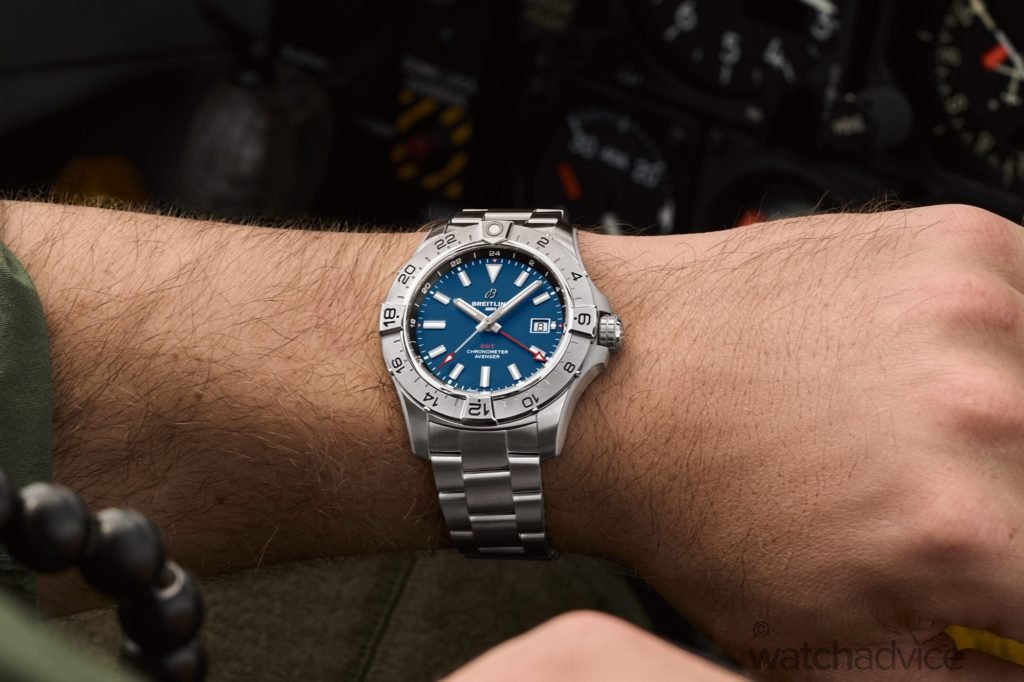
This is done by pulling the crown out to the first position, where the date is normally adjusted. Rotating the crown in this first position one way will adjust the date while rotating it the other way will adjust the GMT hand. The GMT hand will move one increment at a time, which is essentially hour to hour.
The caller GMT is most useful when you are based at home and want to check in on other time zones. Why is this so? As explained above, if you adjust the local time from the crown’s second position, the GMT hand will also move. This is not ideal if you want to adjust the local time without affecting the “second timezone”. The most useful application for a caller GMT timepiece is if you have business operations, clients or friends overseas, you can have the local time set as it is and adjust the second time zone independently as needed.
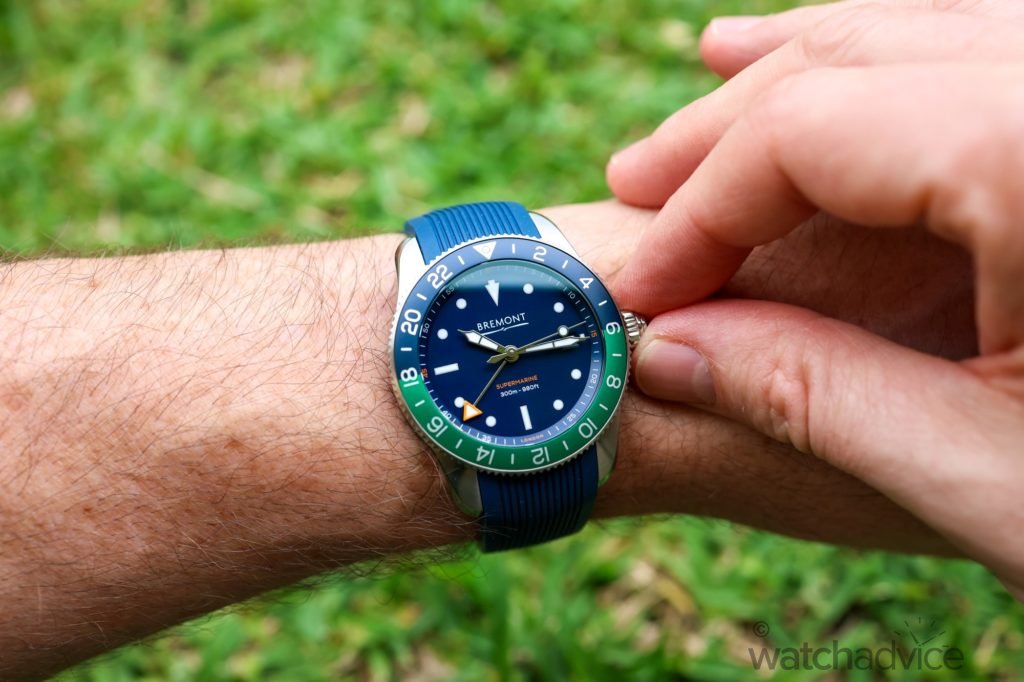
For example, if you live in Brisbane, Australia, and the time is 10:00 am, but have operations in London, you can leave the local time of 10.00 am as is and adjust the GMT hand to 12 am (as that would be the time in London) on the 24-hour scale independently through the first crown position. Hence, this type of GMT is called “caller”, meaning the watch is more focused on the second time zone. This isn’t ideal as a traveller’s timepiece, as local time is the one that gets adjusted the most.
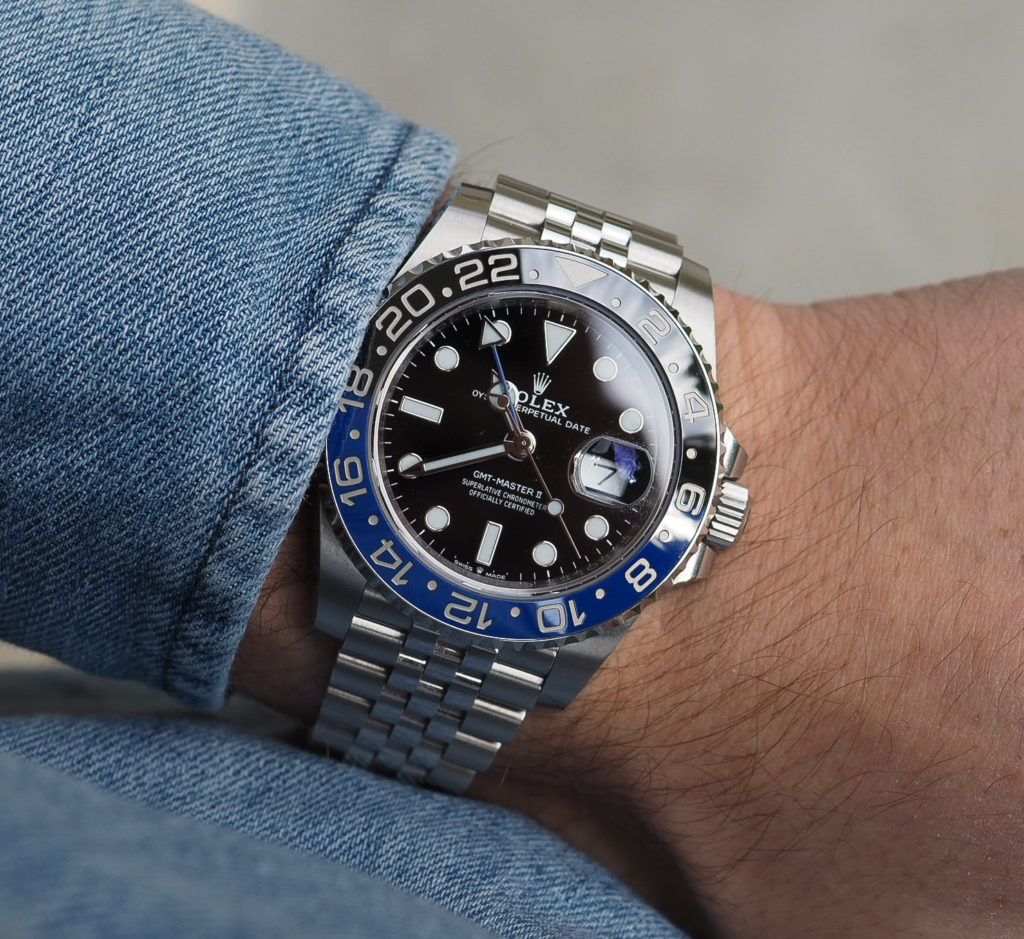
Which brings us to how the flyer or traveller GMT works. The flyer GMT does the exact opposite of the caller GMT. As the name suggests, the flyer or traveller GMT is focused on the wearer as they visit different time zones. Setting the watch up starts precisely the same way as the caller GMT. As you pull the crown out to the ‘second position’ to adjust the local time, the GMT hand will also move at half pace along its 24-hour scale. With the flyer GMT, however, you are actually reading the local time from the GMT hand. As you adjust the time through the crown’s second position, you adjust the “local time” through the 24-hour scale of the GMT hand.
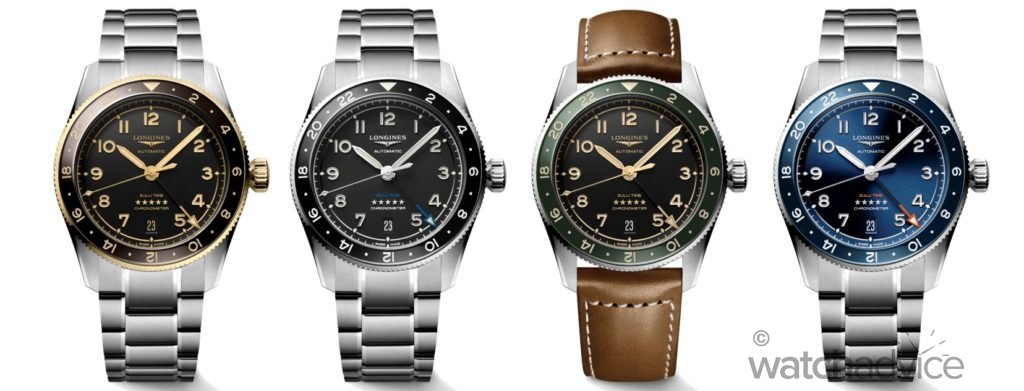
Unlike the caller GMT, where the GMT hand moves as you adjust the crown in its first position (or other set positions), it is the hour hand for the flyer GMT. This clearly implies that the GMT hand stays as your “home time zone”, while the main time shown from the hour and minute hands is the local time or the time zone of the country/ location you are currently in. This is why the flyer or travellers’ GMT is super helpful for people who are always constantly travelling. Their home time will remain unchanged through the GMT hand, while the local time can be adjusted instantly to their current location and read through the dial’s main hour and minute hands.
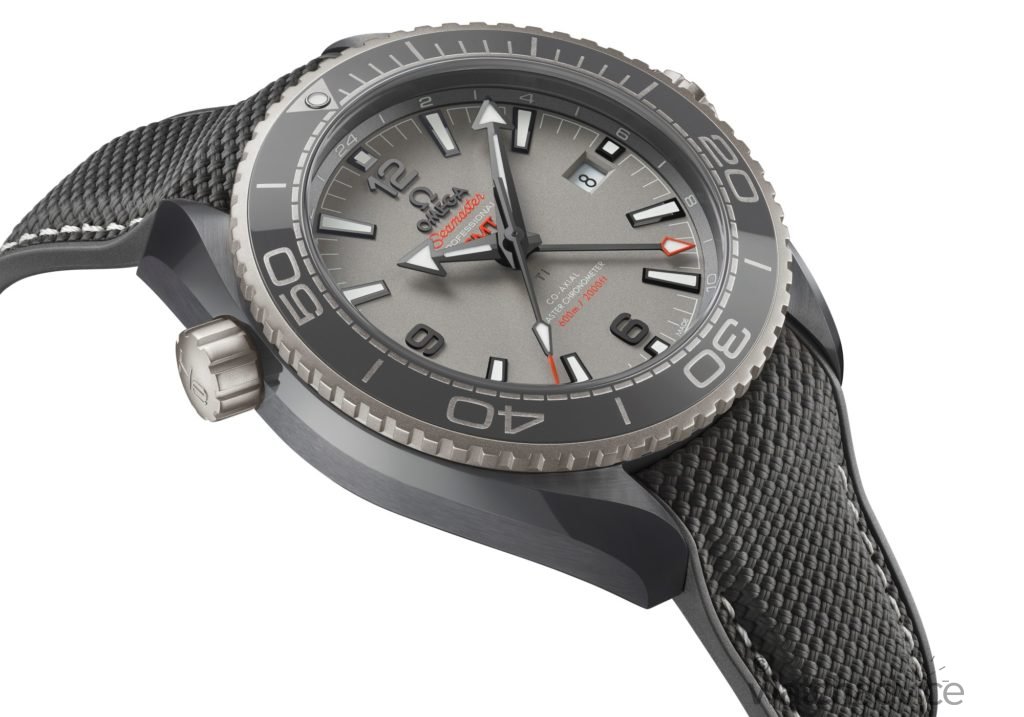
This is why the flyer or traveller GMT is sometimes called the “true GMT”, as this was how it was intended for pilots when the GMT was first designed. As pilots travel from one time zone to another constantly, they can have their home time set by operating the GMT hand from the second crown position, and as they arrive in a new country, adjust the watch quickly to the local timezone but pulling the crown out to the first position (or other set position) and adjust the hour hand to match the local time. Another thing to note is that the date on the flyer GMT timepiece gets adjusted when you adjust the “hour hand”. This makes sense as when you travel and cross timezones, the dates can change as well, so you want the date to be adjusted according to where you are currently.
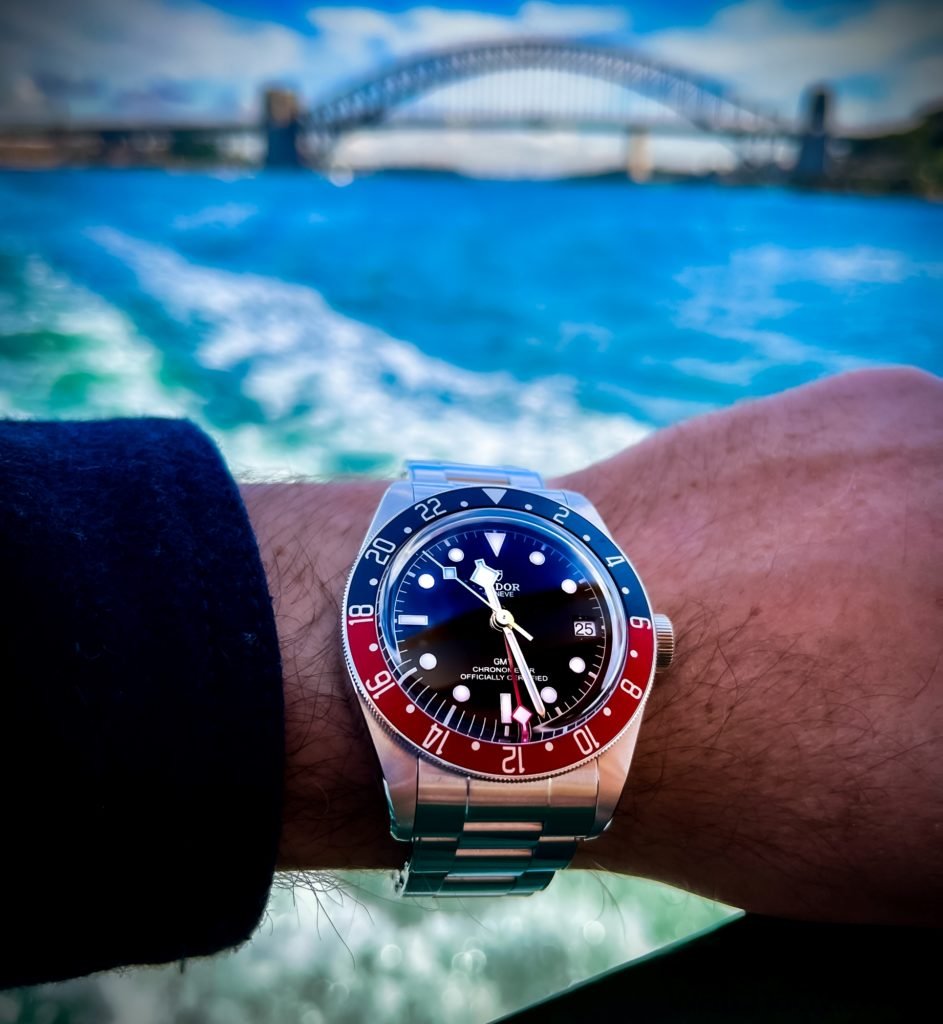
So there you have it: the important difference between the caller and flyer GMT timepieces. If you are in the market for a new GMT timepiece for its practical use, you now understand the GMT functionality that can help decide whether you need a caller GMT or a flyer GMT depending on your lifestyle, business operations or family relations. While GMT timepieces used to be expensive back in the day due to the mechanical movement’s operations and the usefulness of the function, most well-known brands do GMT timepieces today, which means you can pick one up regardless of the size of your budget.


